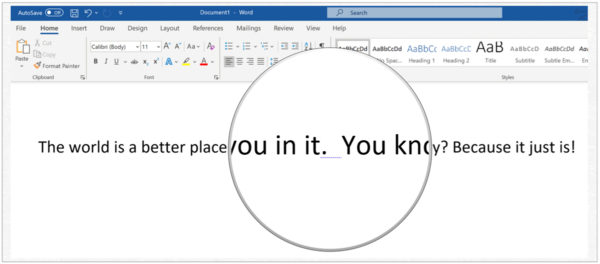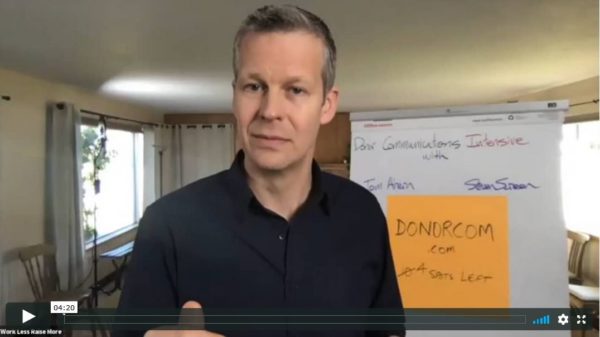This year for the holidays I’m sharing the thinking and stories behind my fundraising posts that got the most reactions on social media.
For today, here’s #4…
Using two spaces between sentences is a small, donor-centered bet; it’s quantifiably easier for people to read & more familiar to older donors. Regardless of personal preference, if using two spaces helps more people read your fundraising, isn’t that a bet worth making?
I don’t share this thought because I’m pedantic about punctuation. (I’m agnostic on this issue.)
The latest study I’m aware of showed a mild 3% increase in reading speed when there were two spaces after sentences opposed to one space. It wasn’t a big study. And it used a mono-spaced font (which slightly muddies the water, in my view).
My point is to call attention to the way we Fundraisers make decisions about the fundraising we produce.
The most effective direct response fundraising tends to be made for our donors, not for internal audiences. It needs to attract their attention, not ours. It works best if it’s in their language, and doesn’t use our professional phrasing and jargon. It needs to focus on the “mission match” between the donor and the organization, not on the organization itself.
So. If most donors are old (the average age of a donor in the U.S. is about 65)… and most donors grew up on text that had two spaces between sentences… and there’s data that says that having two spaces between sentences will help a donor read a little faster… and reading more of your fundraising results in more people giving… doesn’t it seem like a good little bet to put two spaces between sentences in our fundraising letters?
Will it make a massive difference? Almost certainly not.
And 20 years from now, when today’s younger donors enter their prime giving years, I bet it will be a good little bet to have one space between sentences.
The Big Idea is that Fundraisers make a hundred little decisions each time they create a piece of fundraising.
And if you get in the habit of making each of those little decisions with donors in mind, you create fundraising that’s more relevant to donors and you absolutely raise more money.






